Photo credit: Grenada National Trust
The Maroon is a Petite Martinique tradition held annually at different estates that involved villagers coming together to share food or harvest produce with each other and to offer some to the ancestors while thanking God for the bounty. At some Maroons, food was scattered on the sea for the souls of the African captives who had died on the Middle Passage. The people strongly believed that their ancestors ate and drank and partook of the feast just as the living did. Maroons included big drum dancing.
A related practice was called Sugaring the Piton which involved people journeying to the highest peak on the island, the Piton, with trays of food. At the summit, prayers were recited, and food was offered to the Petit Kengays (spirits of dead children). Rum, water, and food, including sugar, were scattered on the hills, giving the Deroche Maroon the name “Sugaring the Piton.” The Maroon would conclude with singing, dancing, and playing music at the estate owner’s home.
Lucy Deroche, 90, Dwight Logan, 51, Fedelin Bethel, 89, and Tyrone Bethel, 70, were some of those involved in the tradition.
A factor leading to the demise of the annual Maroons was the rising cost of the tradition as people stopped contributing to its success as they had in the early days. Attempts have been made to keep this tradition alive or to revive it but they have ultimately proven futile given financial restraints and migration. In addition, many of the elders who know about the practice have died.
Providing opportunities where elders can speak at schools and talk to the children about cultural practices could help revive interest as could making cultural education more accessible in schools. People, in general, should also be made more aware about the tradition and its purpose of honouring and remembering the ancestors.



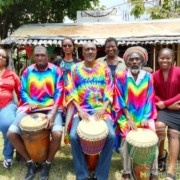
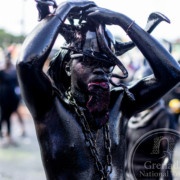
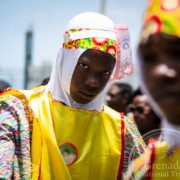
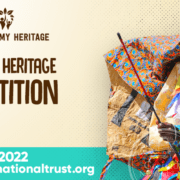

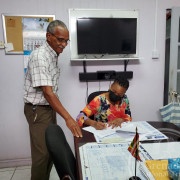




Leave a Reply
Want to join the discussion?Feel free to contribute!